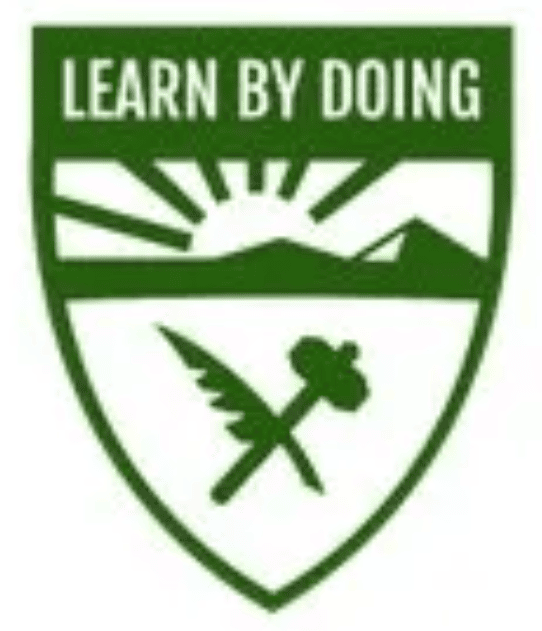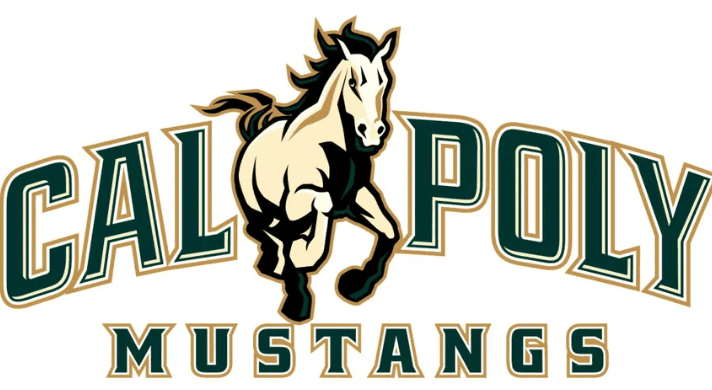At California Polytechnic State University (Cal Poly) in San Luis Obispo, Dr. Chris Dicus leads the Wildland-Urban Interface (WUI) class, a course dedicated to addressing the complex challenges of wildfire management where natural landscapes meet human development. A significant component of this class involves students collaborating on real-world projects that contribute to community safety and resilience. One notable initiative focused on the community of Cambria, California, where students developed Community Wildfire Protection Plans (CWPPs) to mitigate wildfire risks.
Course Structure and Objectives
In Dr. Dicus’s WUI class, students are divided into groups, each tasked with creating unique CWPPs for a different community each year. This hands-on approach allows students to apply theoretical knowledge to practical scenarios, fostering a deeper understanding of wildfire dynamics, risk assessment, and mitigation strategies. The primary objective is to equip students with the skills necessary to develop comprehensive plans that enhance community preparedness and resilience against wildfires.
The Cambria Project
Cambria, a picturesque coastal town in San Luis Obispo County, faces significant wildfire threats due to its dense vegetation and proximity to forested areas. Recognizing this vulnerability, Dr. Dicus’s students will undertake the development of CWPPs tailored to Cambria’s unique landscape and community structure. These plans will aim to identify potential fire hazards, recommend mitigation measures, and propose strategies for emergency response and community engagement.

Meeting Recording
Passcode: 2YIB*8Z3
Educational Impact and Real-World Application
The collaboration between Cal Poly’s WUI class and the Cambria community exemplifies the university’s “Learn by Doing” philosophy. By working on actual community projects, students gain practical experience that prepares them for careers in fire ecology, forestry, and environmental management. Furthermore, these projects contribute to the safety and resilience of local communities, demonstrating the tangible benefits of academic-community partnerships.

Conclusion
Dr. Chris Dicus’s Wildland-Urban Interface class at Cal Poly provides students with invaluable opportunities to engage in real-world wildfire protection planning. The Cambria project highlights both the potential and the challenges of such endeavors, emphasizing the need for comprehensive community engagement and interdisciplinary collaboration. Through these experiences, students are not only educated in the complexities of wildfire management but also contribute meaningfully to the safety and well-being of communities like Cambria.

